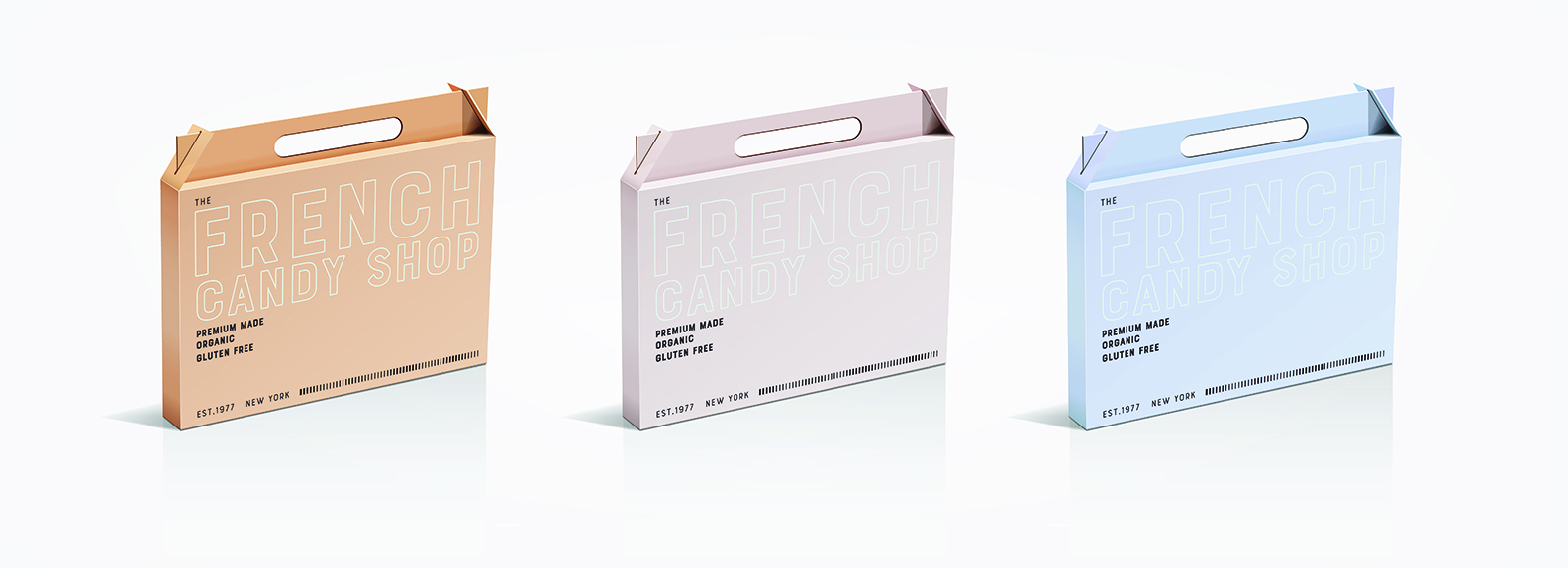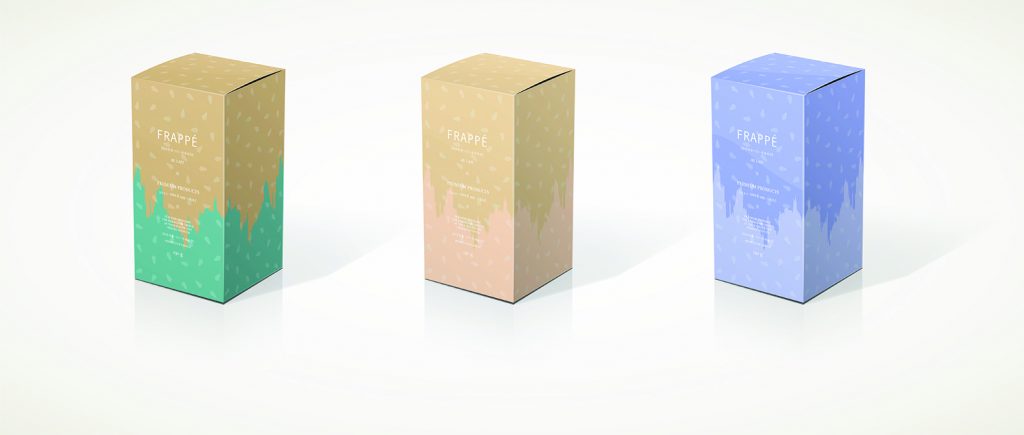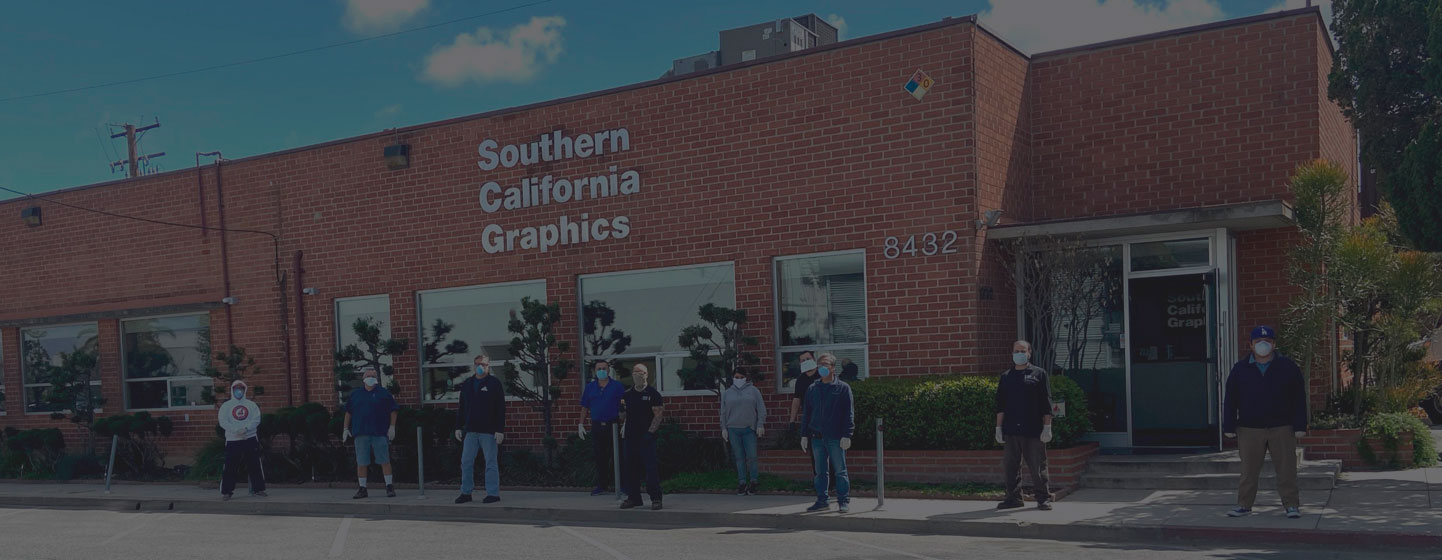What You Need to Know About Recyclable Packaging

Southern California Graphics is here to share with you what you need to know about recyclable packaging. Packaging fulfils many purposes for products. Not only does it protect and preserve, it displays and conveys information, acts as a marketing vector, and can even enhance the product itself. All too often, though, packaging is viewed as waste, and ends up in a landfill, or worse, the ocean. Food and beverage corporations such as Coca-Cola and Nestle are chiefly responsible for much of the plastic packaging pollution that occurs. With environmental concerns mounting, it is vital that the next generation of packaging design involve less waste, particularly plastic waste. There must be a balance between convenience and efficiency, and sustainability.
One avenue that more companies are going down with regards to sustainable packaging is corrugated cardboard, which is known for being easy to repeatedly recycle time and time again. Southern California Graphics has long been ecologically invested in preserving the beauty and the pleasant climate of our beautiful Golden State. We can help your organization explore the possibilities of recyclable packaging, and the ways it can benefit you.
Eco-Friendly Packaging Alternatives

There are three prominent types of packaging considered to be environmentally friendly packaging:
- Recyclable packaging: cardboard boxes are the most common form of recyclable packaging, though others (such as aluminum cans, paper, and certain plastics) are increasingly seen.
- Reusable/returnable packaging: packaging such as milk bottles, which are cleaned and reused by the supplier, or tote bags, which are reused by the customer, both count as reusable packaging.
- Biodegradable packaging: packaging that isn’t designed to be reused or recycled, but has a comparatively short life cycle and will break down easily, can be termed biodegradable. Some companies have taken to replacing plastic bags with corn starch substitutes, that sacrifice a little durability for a much more environmentally friendly product.
While a common criticism of packaging is that cardboard and paper usage contributes to deforestation, this criticism is not necessarily borne out by the statistics. Sustainable forestry has actually increased the number of trees on the planet year on year for the past several decades. However, this does come with the caveat that monoculture birch and/or pine forests raised and harvested for paper and card production can contribute to soil degradation and loss of biodiversity. Ultimately, the relative ease of tree husbandry does promote the use of renewable materials. Out of all recycled materials, corrugated cardboard is the most easily and commonly recycled. For example, in the UK, 84% of corrugated cardboard is recycled, a figure that is rising thanks to well-developed recycling processes. Waste corrugated card can be recycled as many as seven times. Some cardboard grades are manufactured from almost 100% recycled materials, the majority features between 70% and 90%. The reuse of ready materials means that manufacturing new corrugated cardboard packaging is a low-expediture effort, both in terms of materials and energy. This means it is more efficient. Another helpful element of cardboard packaging is that even when it isn’t recycled, it is fully biodegradable when sent to landfill.
The Benefits of Sustainable Packaging
The benefits of recyclable packaging are not merely environmental. There are numerous advantages that your business may be able to capitalize on.
- Cost reduction: Minimizing the usage of expensive raw materials by making better use of recycled materials can bring down packaging costs.
- Storage/warehousing savings: Depending on the materials used and how you optimize your packaging, it may become easier and more economical to store your product.
- Transit savings: These improvements can also make it more efficient to transport your product.
- Better brand image: The market has spoken, and consumers prefer brands that consider sustainability when bringing their products to market. Imagine gaining a significant image advantage over your competitor simply because your packaging is greener.
- Increased sales: Many consumers are inclined to choose greener brands, and will even pay more for a product that has a less negative environmental impact.
Where Are All The Great Sustainable Packaging Options?
Many businesses are assessing the option of switching to plastic-free, fully recyclable packaging solutions. This is a significant undertaking, requiring the elimination of films, foams, and other common void fillers such as pellets, bubble wrap, or air sacks. However, corrugated cardboard is stronger, more versatile, and more durable than many people believe.
- It can be used to create inserts and cradles that are as effective as foam or polystyrene in the right contexts.
- Corrugated card can be treated with environmentally friendly coatings which do not impede its biodegradability or recyclability. It can provide properties such as:
- Moisture or oil resistance
- Anti-static performance
- Corrosion inhibition
- Colors and print for marketing purposes
While it might not be the correct choice for every small business or every industry, a switch to recyclable packaging should be considered by most. An experienced printing company such as Southern California Graphics can provide the packaging design expertise and the knowledge of the various types of corrugated material. Our decades of work in this field can be of immense benefit to a company seeking to revolutionize their approach to packaging.
Compostable Biodegradable Sustainable Packaging
What is the difference between biodegradable packaging and compostable packaging? Most plastic bottles can remain in landfills for decades without decomposing at all. Biodegradable packaging will break down over time in a landfill, perhaps a year or so, leaving behind nothing harmful to the environment. But compostable packaging breaks down faster: between 90 and 180 days, typically. It also adds nutrients to the soil, like commercial compost does (though obviously, not to the same magnitude). Compostable packaging may require special conditions in order to break down most advantageously. For example, starch-based packing peanuts (an alternative to Styrofoam™) need to be added to water in order to break down effectively in compost.
Southern California Graphics can offer many means of supporting a company exploring its packaging options. To find out how we can help you, get in touch via our website.

